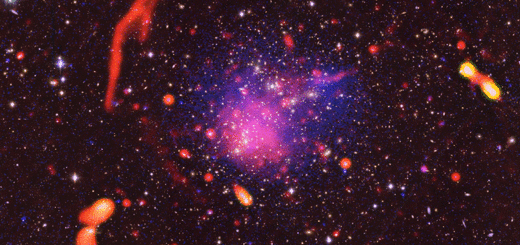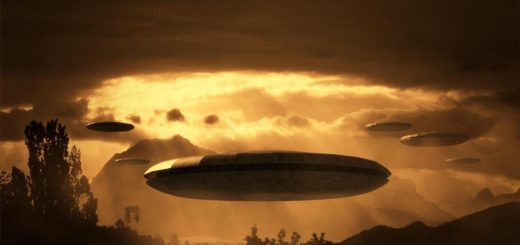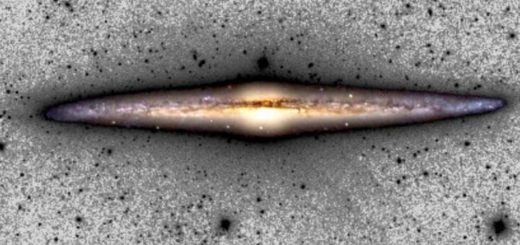Does the Sun Rotate?

Back in the 1600s, astronomer Galileo Galilei peered into his telescope and discovered dark spots on the sun, subsequently noticing that they seemed to move, vanish and then return. “It is also manifest that their rotation is about the sun,” he wrote in 1613, and though he noted that it was possible that the sunspots were moving while the sun stayed motionless, “to me it seems more probable that the movement is of the solar globe than of its surroundings.”
Galileo had discovered that the sun — like numerous other celestial objects — rotates on an axis. But aside from the length of time, the manner in which the sun rotates is different than that of a rocky planet such as Earth. Moreover, that difference actually causes the sunspots that originally led to Galileo’s discovery.
The sun has been rotating for a long, long time — it started around the time that it formed from a whirling cloud of dust and hydrogen gas about 4.6 billion years ago. “Pretty much everything in the universe rotates,” explains Claire Raftery, head of education and outreach for the National Solar Observatory, the U.S. center for ground-based solar physics, which is located on the campus of the University of Colorado, Boulder. “Everything is moving relative to everything else.”
As the sun gradually gathered mass and developed the gravity that attracted more and more nearby molecules to it, it also developed angular momentum.
The sun’s rotation isn’t difficult to measure, because the photosphere, the thin solar surface, has features such as sunspots and prominences, some of which are sufficiently long-lasting that they can be observed as they move around, just as Galileo observed them.
But from there, it gets a little complicated. The mostly gaseous sun “is not a solid body, so it doesn’t rotate as a single solid ball,” Raftery says. “Instead, the gas rotates more rapidly at the equator than at the poles.”
A spot at the equator goes around in about 24 days, while the polar regions take six days longer, according to this article on solar rotation on NASA’s website.
While the sun rotates differently than Earth does, its differential rotation is similar to the planet Jupiter and other gas giants, Raftery says.
Differential rotation actually is what drives the solar cycle, the 11-year period during which the number of sunspots increases for about half of the time, and then decreases. The reason, explains Raftery, is that the sun’s magnetic field, which is generated just below the surface, basically gets wrapped around itself by the uneven motion. The result is development of high-density magnetic bands that eventually burst through the surface, causing the eruptions that we see as sunspots and flares.
The convection zone, which extends beneath the photosphere for about 125,000 miles (200,000 kilometers), rotates at roughly the same speed from the inner shell to the surface, Raftery says. But deeper inside the sun, scientists aren’t sure whether other parts move at a different rate.
“We have some good ideas about this, but it’s still an active question,” Raftery says.
Will the sun keep spinning forever? Eventually, about 5 billion years from now, the sun will burn out and eventually collapse into a compact white dwarf star. But even then, Raftery thinks it will continue to rotate, though at a different speed.



 Creators of mankind
Creators of mankind Description of “Tall white aliens”
Description of “Tall white aliens” Where they came from?
Where they came from? About hostile civilizations
About hostile civilizations The war for the Earth
The war for the Earth “Tall white aliens” about eternal life
“Tall white aliens” about eternal life Video: “Nordic aliens”
Video: “Nordic aliens” Aliens
Aliens Alien encounters
Alien encounters The aliens base
The aliens base UFO
UFO Technology UFO
Technology UFO Underground civilization
Underground civilization Ancient alien artifacts
Ancient alien artifacts Military and UFO
Military and UFO Mysteries and hypotheses
Mysteries and hypotheses Scientific facts
Scientific facts


















